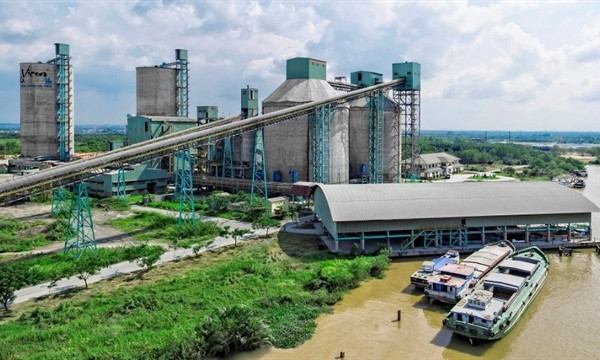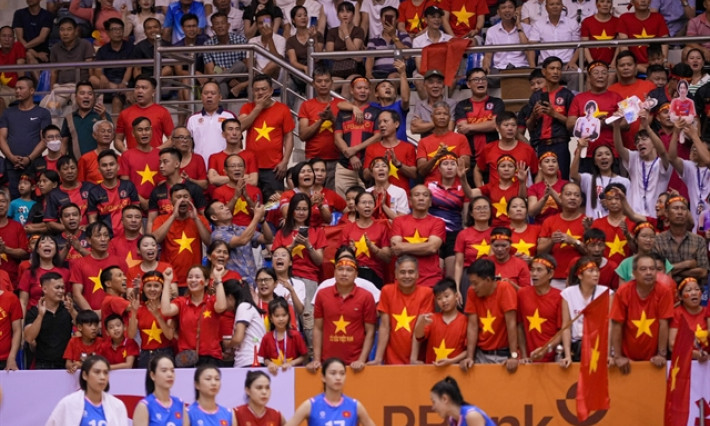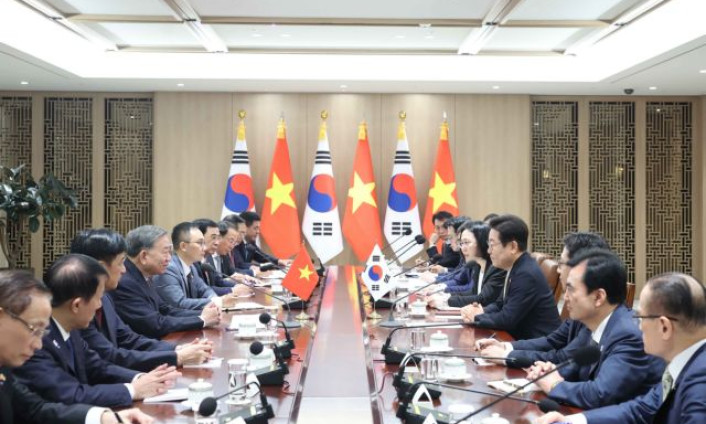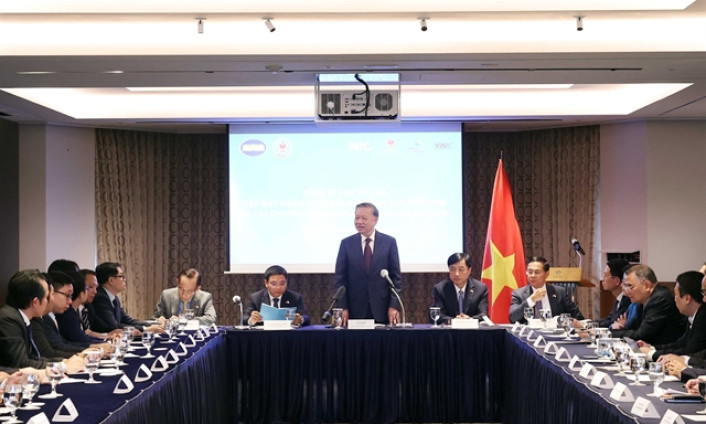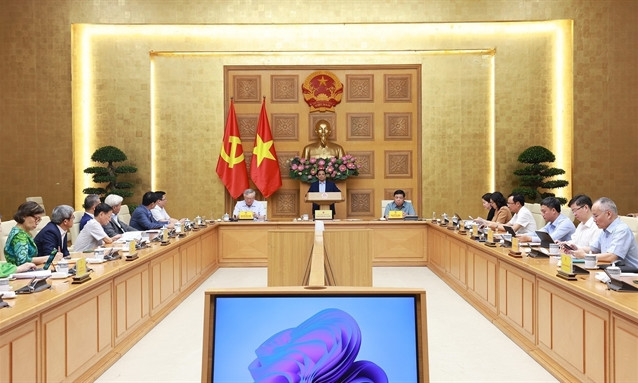Capacity boost and institutional reform essential for localities disadvantaged in FDI attraction
The nationwide rollout of the two-tier local administration model presents a key opportunity to advance decentralisation, streamline administrative procedures, and enhance transparency.
Fostering institutional reforms and strengthening local management capacity are essential to overcoming the persistent challenge of foreign investment being concentrated in just a few key locations.
That was the message from Nguyễn Văn Toàn, Vice President of the Việt Nam's Association of Foreign Invested Enterprises (VAFIE).
These steps are also vital for attracting foreign investment to less developed regions, Toàn told thoibaotaichinhvietnam.vn.
The nationwide rollout of the two-tier local administration model presents a key opportunity to advance decentralisation, streamline administrative procedures and enhance transparency, Toàn said.
He recommended that localities proactively develop their own foreign investment attraction strategies, aligning them with broader regional and sectoral development plans. At the same time, a unified national policy is needed – one that leverages the unique strengths of each locality while minimising unhealthy competition and fostering inter-regional cooperation.
In parallel with administrative reforms, the development of synchronised infrastructure and next-generation industrial parks is essential, Toàn said.
According to the Ministry of Finance, many existing industrial parks are operating inefficiently or have yet to attract secondary investors. To address this, he said, it is crucial to optimise land use, invest in high-quality technical infrastructure and support services, particularly logistics and clean energy, to better meet the demands of high-tech and sustainable investors.
Echoing the call for improved infrastructure, Phạm Quang Long, business development manager at the US Allied Movers Co, emphasised the need for substantial investment in upgrading infrastructure and enhancing inter-regional connectivity.
He spoke to thoibaotaichinhvietnam.vn that technical infrastructure such as transportation, electricity, water supply, and telecommunications as well as industrial park facilities in underdeveloped localities must be synchronously developed.
Currently, provinces with sufficient infrastructure are attracting the bulk of foreign investment. Thus, expanding highways, seaports, and airports, along with upgrading logistics services in other regions, will create more favourable conditions for investors, Long said.
He also suggested that the Government prioritise resources, including State budgets and public-private partnerships, to develop infrastructure in areas currently lacking investment projects, helping redistribute foreign investment more evenly across the country.
In addition to infrastructure development, enhancing the local business environment is essential to drawing more foreign investment, according to investors. Many still face challenges in fulfilling administrative procedures at the provincial level, especially in areas with limited experience in handling foreign investment, causing hesitation among potential investors.
To address this, provincial authorities are urged to streamline licensing processes, ensure transparency in planning and land-use data, and shorten the time required for administrative approvals.
Expanding the one-stop-shop model and e-Government services down to the commune level would help offer investors a seamless experience comparable to that in major economic hubs. Equally important is improving the professionalism and accountability of local officials, which calls for strong leadership from provincial governments and the implementation of clear mechanisms for monitoring and evaluating public service performance, investors said.
Skilled labourers, tailored promotion campaigns needed
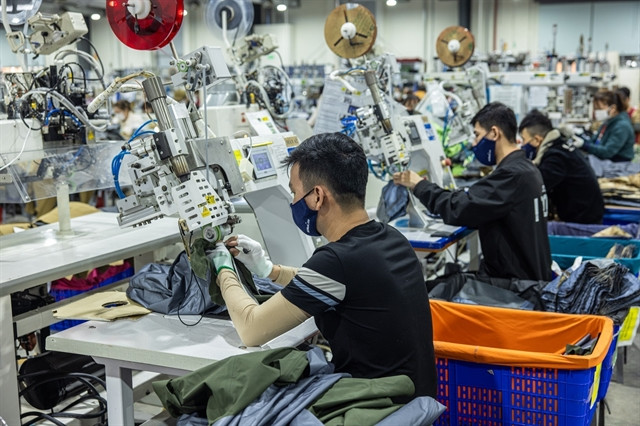
Meanwhile, Long from Allied Movers Co, said that labour quality and the strength of the local business ecosystem are other major factors in attracting sustainable foreign investment.
Many localities have struggled to secure high-tech projects due to shortages of skilled workers and a limited network of supporting suppliers. To address this, he stressed the importance of promoting vocational training and improving local workforce quality by fostering stronger connections between businesses and educational institutions such as universities and colleges.
Additionally, encouraging and supporting small and medium-sized enterprises to integrate into foreign investment supply chains – through cooperation programmes, industrial incubators and regional innovation centres – is essential, he said.
At the same time, Long also called for preferential policies and customised investment promotion to attract foreign investment in less developed areas.
He proposed that the Government consider specific incentive mechanisms for disadvantaged localities, such as higher tax breaks, site clearance support, land rent reductions, and labour training assistance for projects in remote provinces.
According to Long, these support policies must be flexible, sustainable, and aligned with the unique potential of each region – a strategy currently advocated by Cửu Long (Mekong) Delta provinces.
He also emphasised innovating investment promotion activities through tailoring efforts to highlight local strengths, such as high-tech agriculture in the Southwest and eco-tourism in the Central Highlands.
Organising field visits for potential investors and strengthening connections with embassies, NGOs, chambers of commerce and trade organisations abroad are critical steps to diversify and expand capital attraction channels.
Long said when infrastructure bottlenecks are removed, human resources and institutions are improved, and reasonable incentives are offered, emerging localities can completely breakthrough in attracting foreign investment, reduce the burden on traditional areas and create balanced development between regions.
Unbalanced influx of foreign investment
According to the Foreign Investment Agency (FIA) under the Ministry of Finance, Việt Nam attracted over US$21.51 billion worth of foreign investment in the first half of this year, marking 33 per cent increase compared to the same period last year – the highest level recorded since 2009.
However, foreign investment capital remains heavily concentrated in a few advantageous localities, FIA noted.
Before the provincial merger, the six leading provinces and cities – Hà Nội, Bắc Ninh, HCM City, Đồng Nai, Hà Nam, and Bà Rịa-Vũng Tàu – accounted for 62.4 per cent of total capital and over 64.7 per cent of new projects nationwide in the first half of 2025.
Of them, Hà Nội led the pack with nearly $3.66 billion in registered investment capital, representing 17 per cent of the total and a 2.8-fold increase compared to the same period last year. Bắc Ninh followed with $3.15 billion or 14.6 per cent, up 7.1 per cent. HCM City ranked third with over $2.7 billion, accounting for 12.6 per cent of the total and a 2.2-fold increase year-on-year.
VAFIE Vice President Toàn explained that these localities benefit from advantages such as strong infrastructure, stable labour forces, an open business environment and proactive local governments.


